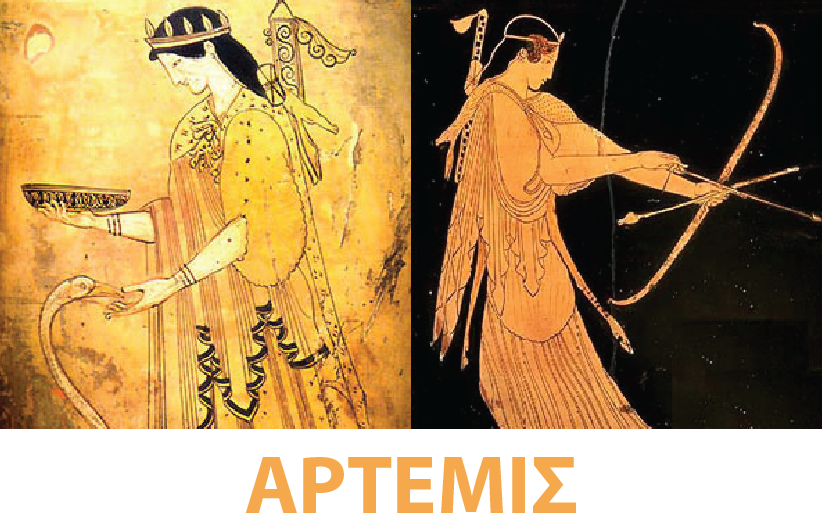The ARTEMIS project aims at creating a multi-parameter service for the processing and diffusion of satellite and other data on an online platform related to the quality, health and sustainable development of economic forests and specific chestnut forests. As a region of interest, we place the forests of Thessaly and specifically the area of the Municipality of Mouzaki. The forests of the Mediterranean chestnut have been “degraded” in Thessaly, although it is a lucrative crop. Unfortunately, the long-term lack of planning for alternative crops and the lack of policies to support the mountain populations that forced young people to move to urban centers have led to brown cultivation in Thessaly and especially the forests of Mouzaki, almost in a state of abandonment. The development of practices and algorithms that will certify health and provide continuous monitoring will help increase primary production, but at the same time will ensure the preservation of biodiversity and therefore quality production. The project will address mainly the existing threats to forest health in specific areas, which are mainly caused by biotic factors (insects, diseases, etc.), resulting in their degradation and often the mortality of forest species and its destruction of production.
According to the Regional Innovation Strategy of Thessaly, based on the principles of Smart Specialization, there is a main pillar around which satellite activities are developed. This pillar concerns the agricultural and forestry sector, following the agri-food complex in combination with the value chain of forestry. The qualitative and quantitative result of primary production and the conservation of biodiversity can be ensured through the combination: a) the selection of crops, b) the observance of rules and protocols, and c) the adaptation and modification of cultivation practices using new monitoring technologies such as remote sensing, satellite meteorology in “near real time” response in combination with outdoor data as well as information technology and computer vision. The proposed monitoring methodologies can be useful for the utilization of raw materials by proceeding with product certifications in order to ensure consumer confidence and increase the marketability of items while increasing jobs and healthy economic growth. Therefore, the main goal of the methodology will be to propose a satellite-based forest health monitoring system (SAR, optical spectral and supra-fragmentary), which will apply to both chestnut forests and adjacent forest ecosystems. degradation may be due to different factors.

